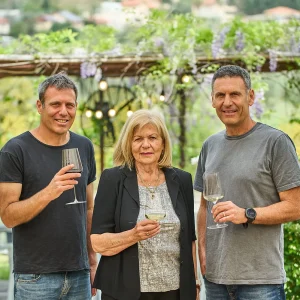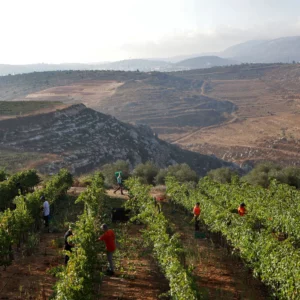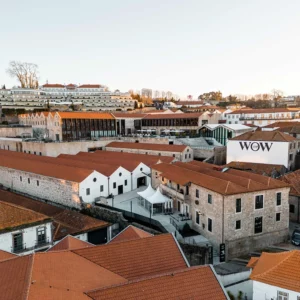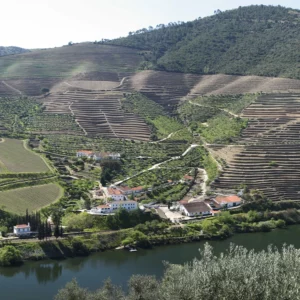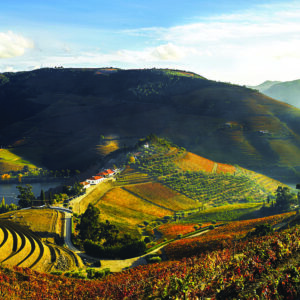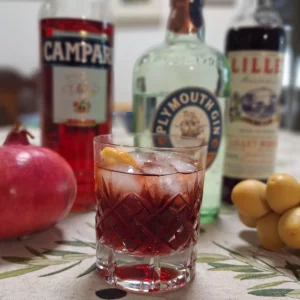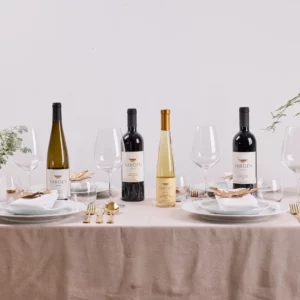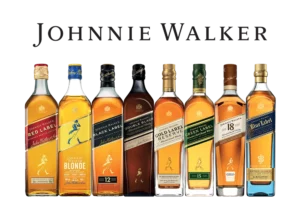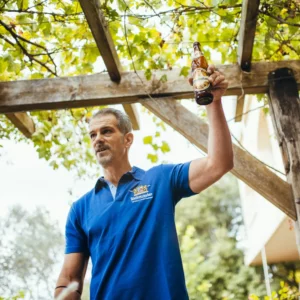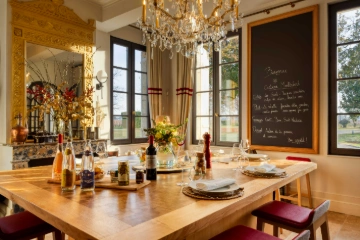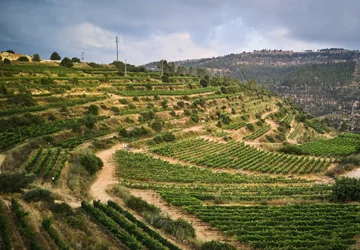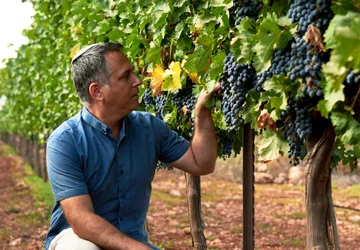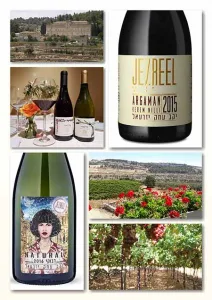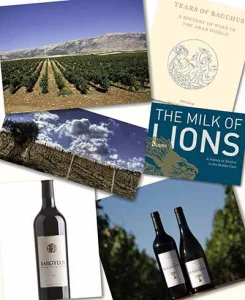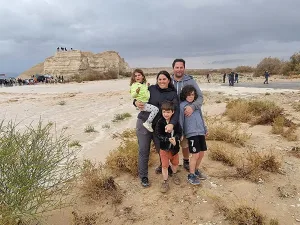I was pleased to be part of the Circle of Wine Writers visit to Cyprus. It included members from Austria, Chile, France, Germany, Hungary, Israel, Italy, Netherlands, Romania, Sweden, Switzerland, Taiwan and the UK. So, it was quite an international gathering. The Circle of Wine Writers is based in England and is an organization of wine writers, wine educators and wine communicators. There are only 270 members worldwide. One of the benefits of being on a tour with other wine writers, was to meet, share and schmooze with others in a similar field, but from all over.
Cyprus is a beautiful country. It is perfect for the regular tourist, hoping to chill out with modern resorts, nice beaches, good food in a relaxed atmosphere, usually with the sun shining. They also have a fascinating country for the wine tourist. The island has high mountains, deep valleys, very old vines and indigenous varieties. Furthermore, they have both the oldest wine and named brand in the world. This is Commandaria, known as “A wine for kings, and king of wines.” Apart from this, I have never seen so many cats slinking about. They own the island. Also, in village after village, I found myself gasping at the most beautiful roses.
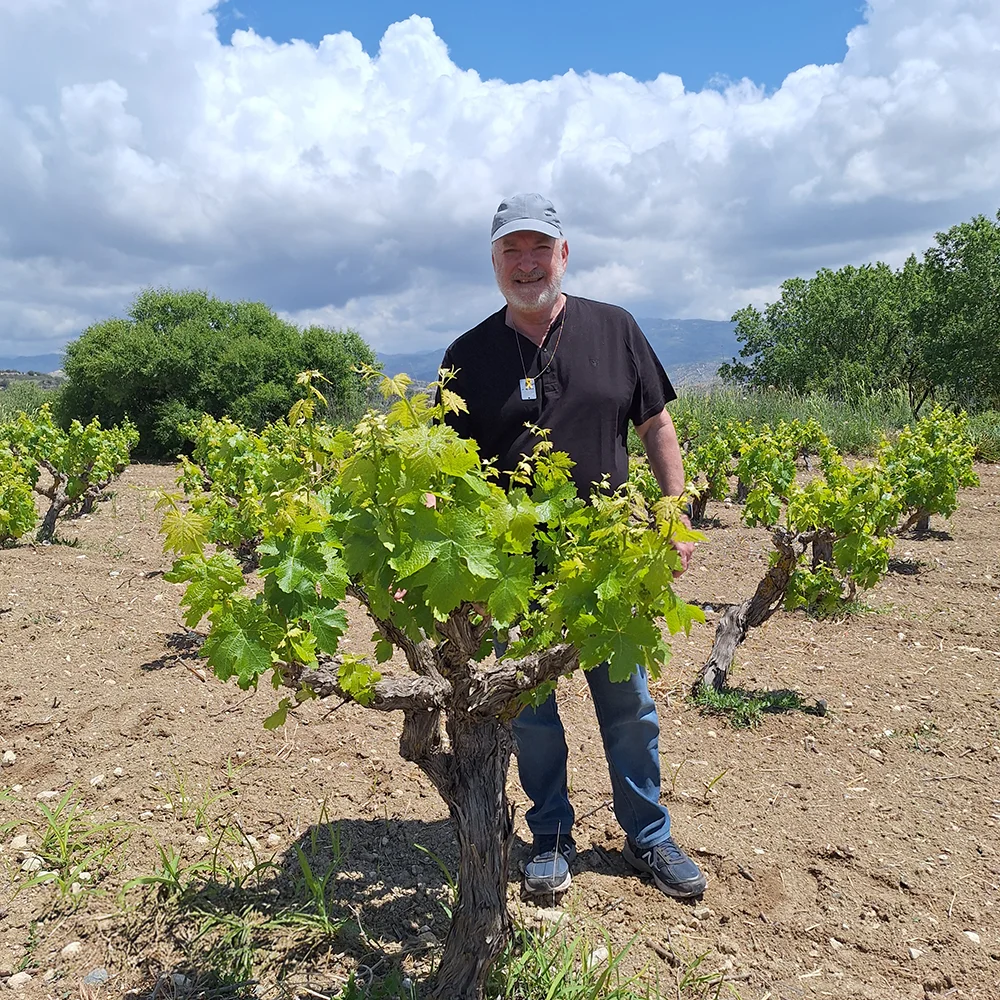
Cyprus was once the biggest wine producer per head in the world, supplying bulk wine to the Soviet Union and Cyprus Sherry to Britain. In those days they produced far more than Israel. When the Soviet Union fell, and the Cypriots were forbidden to use the protected name of Sherry, their main export markets fell apart. Cyprus was then dominated by four large wineries: ETKO, KEO, LOEL and SODAP who were virtual monopolies (like Carmel in Israel at the same time.) When Cyprus joined the European Community, imports flooded in and Cyprus began its own quality revolution which is ongoing now. Mavro (red) and Xynisteri are the main planted local varieties. The best whites are produced by Xynisteri. The best reds come from Maratheftiko. Other indigenous varieties garnering interest now are Yiannoudi (red) and Morokanella, Promara and Spourtiko (whites). Of the international varieties they have all the usual suspects like Cabernet Sauvignon, Shiraz and Chardonnay.
On our first day we focused on two of the larger wineries. We visited the Mallia Winery first. This belongs to KEO, which is the largest winery in Cyprus producing up to 3 million bottles a year. KEO was founded in 1927 in Limassol. In 1996 they refurbished and renewed their Mallia facility and moved their winemaking operation there. Mallia is in the Southern Troodos Mountains, at an altitude of 650 meters above sea level, in the Limassol Region. There it sits amongst the eucalyptus and pine trees, with the beautiful smell of orange blossom in the air.
We were hosted by the big chief Dimitris Antoniou and his winemaking and viticulture team. My favorites of the tasting were a fresh Xynisteri 2024 from the Limassol vineyards and a single vineyard Yiannoudi 2023, which had a nice floral, blackberry nose. I also enjoyed their Zivania, the spirit of Cyprus, which was pleasantly aromatic. I was particularly chuffed to learn that the vineyard by the winery was planted in 1957, my birth year. Therefore, I was pleased to have my photograph taken alongside a suitable gnarled, shapely old vine.
Our second visit was to LOEL Winery. I first visited them 20 years ago. Then I was met by technicians in white coats. However, this time, we arrived in a different world. An impressive, brand new large volume winery was opened in 2019 in an industrial area of Limassol. It looked spotless, with giant tanks and a capability of making good value wines, in bottle or tetra pack. They are the largest producer of Zivania and a major producer of Commandaria. We received a warm and professional welcome.
Beforehand, we were given a presentation about Commandaria by Dr. Thoukis Georgiou, the oenologist in the Department of Agriculture and Vice President of the OIV Culture, Education and Heritage Group. He is an important figure in Cypriot wine, charismatic and very knowledgeable. I knew him from a previous visit, so I was not surprised. He explained that Commandaria was a named wine since the 12th century and it was the sweet wine mentioned by Hesiod in the 8th century BCE. In its early days it was known as Nama. There is no wine in the world with such a long, documented history. Commandaria is produced from Mavro and Xynisteri grapes, which are sun dried on mats. It has to be grown and made in one of 14 specified villages. Traditionally, the wine was then sold to one of the big four, who fortified it and aged it for a minimum of two years in their Limassol cellars. For this reason, the fortified version, is better known.
Sure enough, the outstanding wine for me at LOEL, was their luscious, delicious nutty Commandaria Alasia 2005. Of their table wines, their spicy Evambelos Cabernet Sauvignon Shiraz and very drinkable good value Morfes label also caught the eye. Thanks go Kyriakos Hadjitophis, COO of the parent company and Charalambos Pittakes, manager of LOEL Winery for their hospitality.
We enjoyed a lunchtime mezze in a charming, authentic taverna Tabepnaki, in the picturesque village of Vouni. The food was simple, authentic and delicious! We tasted, no let’s be honest, we drank, wines from some of the best wineries in Cyprus: Tsiakkas, Vasilikon and Vlassides. The best wine for me was the fresh, crisp, zingy Tsiakkas Xynisteri.
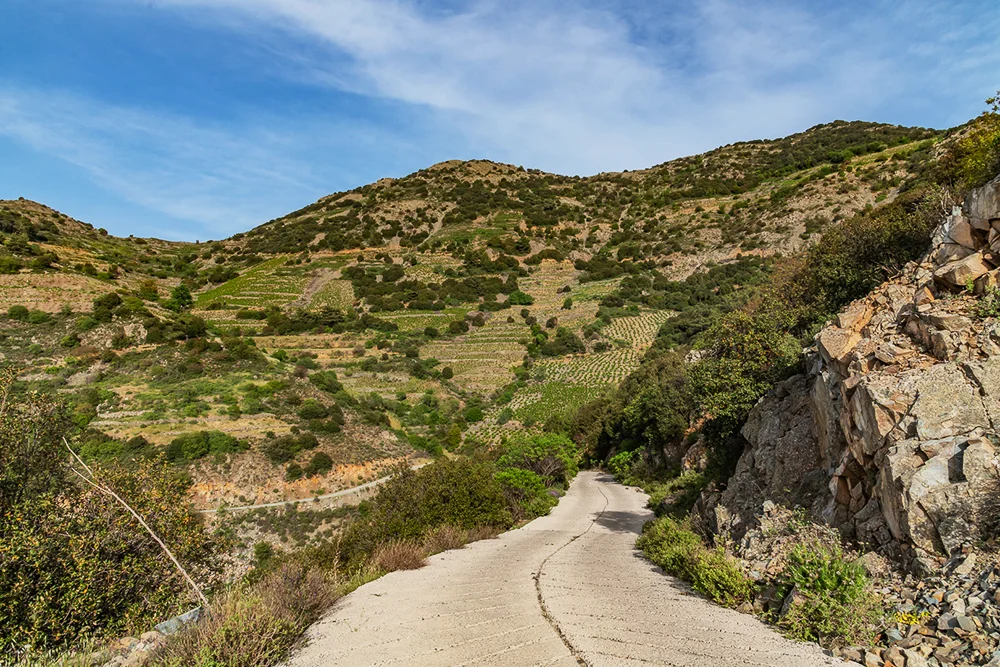
The next morning we drove to the high elevation village of Farmakas, at a 1,000 meter elevation in the Pitsilia Region, which is part of the Nikosia District. Here Daniel Anastasis has saved and preserved the village’s old vine Mavro vineyards, which range from 100 to 150 years old, at an elevation of up to 1,300 meters. He strives to produce a quality Mavro, a variety spurned by many of the modern small wineries. The wines from his best vineyards are called Vinea Ardua. My favourite wines were Danero 2022, a broad flavoured Blanc de Noir, and the Aeoneo 2021, a Mavro with red berry and cherry fruit, with a tannic finish. It was fermented in pithari, the large clay jars once used everywhere in Cyprus, and then aged second use oak barrels. It was refreshing with good drinkability.
The afternoon was devoted to Commandaria. We visited the Revecca Winery in Agios Mamas, one of the quaint Commandaria Villages of Cyprus. I loved the 100% Mavro best. It was unfortified, quite fresh, but still with the dried fruit flavors of a soused Christmas cake (rich English fruit cake.) Delicious. Our host, the charming Nikolas Christodoulides, succeeded to convey his passion.
We then met Philip Karseras of Karseras Winery in the Doros Village. A Commandaria specialist. His grandfather made Commandaria in pithari clay jars. His father used cement tanks, and he makes it in stainless steel. All were displayed together at the winery. He gave a passionate, very interesting explanation and a tasting of course. He explained to us that the original Commandaria was unfortified. It was only fortified by the large wineries for commercial reasons, to stabilize the wine for shipping overseas.
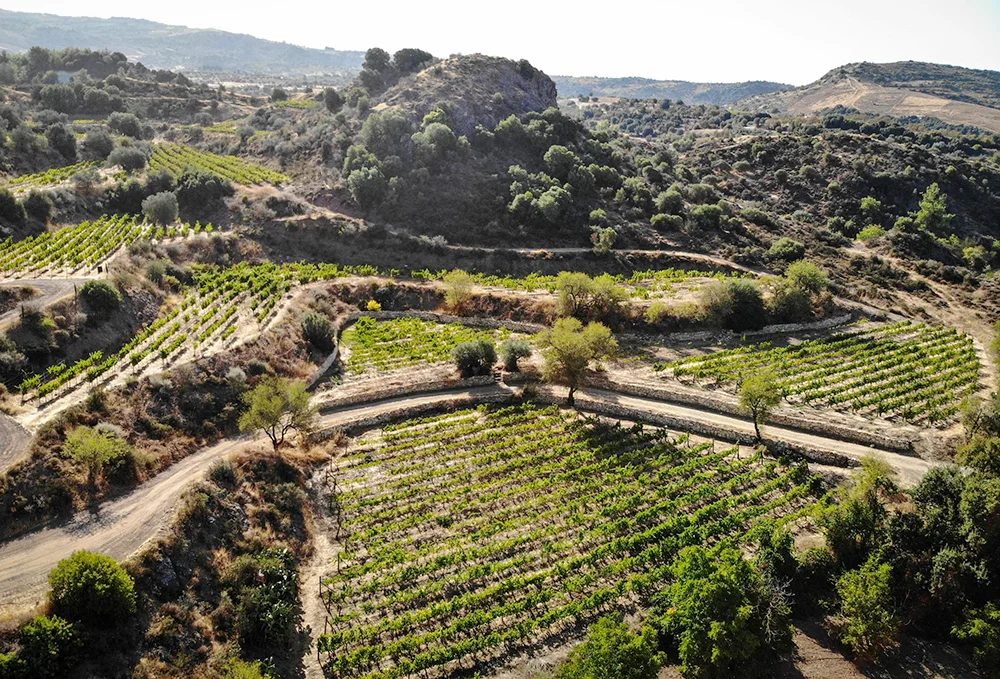
The next morning we had the best tasting of the trip given by Michalis Constantinides of Ezousa Winery, set in the village of Kannaviou. The winery was founded in 2003. For me it was a return visit. Michalis is a master of Maratheftiko as he showed with a mini vertical. My favorites were the Palloures Vineyard Xynisteri 2022, from 30 year-old vineyards. It had the same freshness but more complexity and texture than the regular one. The Eros Rose 2024 was full in color and flavour. I preferred it to the lighter coloured rose they showed. I liked the Yiannoudi, but it is only produced in tiny quantities.
However, the stars were the Maratheftikos. Both the Ezousa Maratheftiko 2020 and 2018 were favourites. They were floral, with elegant berry fruit, an enticing mouth-feel and a refreshing acidity. Maratheftiko (aka Vamvakada) is a difficult variety to grow. It has to be planted in mixed vineyards to ensure pollination. It was a very enjoyable, interesting and professional tasting.
We then ate at Sofias Traditional House in the Letymnou Village, where we had the fun and opportunity to take part in kneading dough to bake bread and straining halloumi cheese. The meal was so authentic, unspoiled and tasty – a style we came to love in Cyprus. The wines were served in unlabeled bottles, which I liked, because it reminded me of a wine’s proper place in the meal. It was fun to drink wine without having to analyze it and the red and white were both glug-able and refreshing.
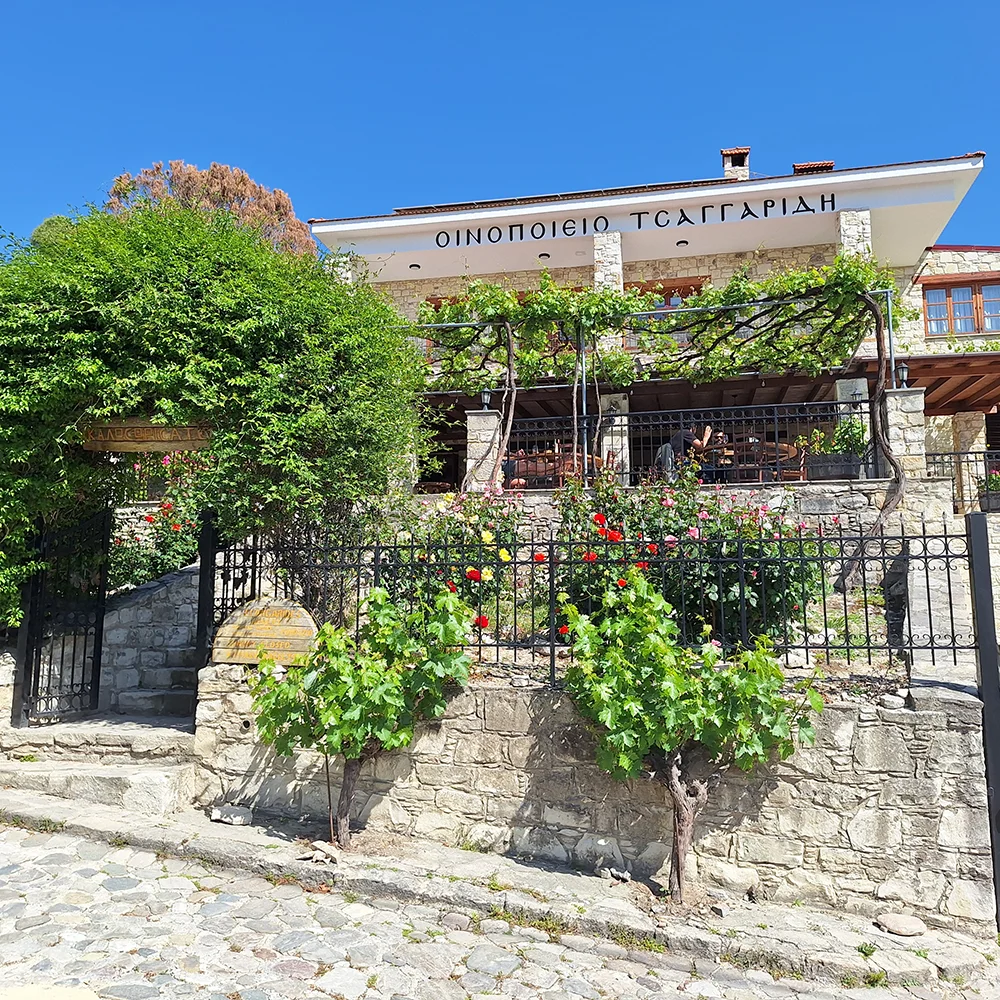
The final winery visited was Tsangarides Winery situated in Lemona in the Paphos region. A family winery owned by Angelos Tsangarides, it is a beautiful place for wine tourism. They focus on producing organic wines from their own vineyards. As for the wines, my favourites were the crisp, fragrant Xynisteri 2024, the chewy Mataro 2022 (Mourvedre) and a super aromatic semi sweet but fresh Muscat 2021, made from Muscat of Alexandria.
Our tour of Cyprus came to an end with a visit to the quirky, quality, creative and totally original Koutourou Ouzeria in Paphos. In addition to the innovative food, they had the best halloumi we encountered. I will never understand why it is so good there, but uninteresting when I try and cook it here in Israel. No doubt something to do with the chef’s ability, or lack of it.
We enjoyed the Kyperounda Petritis 2023, made from Xynisteri. It comes from vineyards at a 1,500 meter elevation, possibly the highest in Europe. It may be the most celebrated dry white wine of Cyprus, and lived up to its promise showing fruit, flavor, minerality and length.
The Kyperounda Shiraz 2023, was a good wine, fruit forward and oaked in a New World style. It was well made, but not elegant. The Kolios Maratheftiko 2023 had that recognizable floral aroma of violets, which always remind me of this variety. It was a very nice wine, but not the best Maratheftiko of our visit.
There are numerous hotels in Limassol and Paphos, and some are even Israeli owned. We stayed in the Aliathan Resort in Paphos, perfect for a family holiday, which had a number of very attractive pool areas.
My conclusions. Cyprus is definitely worth exploring. There is fascinating wine industry that is terroir led, waiting to be discovered. Xynisteri is the definitive wine of Cyprus, though it is so much better from high elevation vineyards. Maratheftiko can make wines of real quality with aging ability. Syrah or Shiraz may be the best performing international variety in Cyprus. As for Commandaria, this is liquid history, but personally, I prefer the unfortified version, which we tried at both Reveka and Karseras (and have tasted in the past from wineries such as Tsiakkas and Kyperounda.) Finally, I applaud the efforts to coax a unique red wine from the 130 year old Mavro by Santa Irene Winery, and Zambartas Wineries from their 100 year old Margelina vineyard. If you visit, make sure to leave time and space to visit vineyards. Don’t visit a winery without insisting on visiting the vineyards too. Finally, the best food is in simple restaurants offering mezze, grilled meat or fish. Avoid pseudo posh restaurants and go for authenticity each time.
The world of Cypriot wines is so much full of surprises. It is certainly worth investigating.
Thank you to the Circle of Wine Writers for arranging the trip. Also, a big thank you is due to Elina Christofidou, Deputy Ministry of Tourism, for organizing a fascinating program and to Michalis Georgiou who pushed for and nurtured this initiative from the beginning, when it was just an idea. Finally thank you to the wineries that hosted us. Wine lovers should definitely put Cyprus on their ‘things to do’ list.
The writer is a wine trade veteran and winery insider turned wine writer, who has advanced Israeli wines for 38 years. He is referred to as the English voice of Israeli wine and is the Wine Writer of the Jerusalem Post. www.adammontefiore.com



